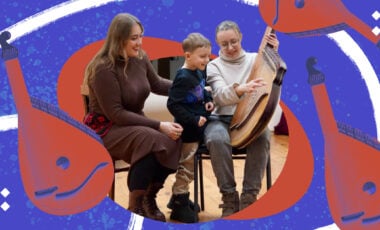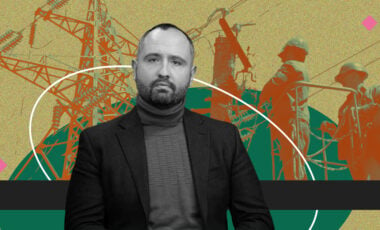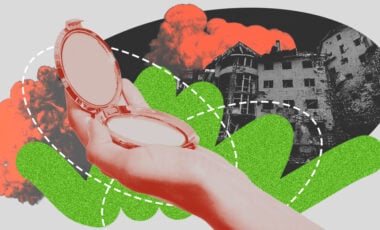Where to look for a solution? What solutions journalism means, and why it's about Rubryka

Every day the media produces hundreds of thousands, even millions of materials: news, articles, videos… Every day we hear about betrayals and victories (and, perhaps, more often, about betrayals), we're over-saturated with information, and… is that it? Information is a valuable resource. And one of the primary tasks of journalism is to convey this information to a wide range of people, presenting it undistorted, adequately reflecting reality. However, often reading about endless problems, you wonder how to solve them? After all, it's important not only to talk about problems but also to solve them. That's what solutions journalism is focused on: finding not only problems but also their solutions.
Special approach
How to create a garden on the balcony of an ordinary apartment building? What does a small business need to survive a pandemic? How to build your own solar station? What will stand in the way? The answers to these questions will be solutions to relevant problems: lack of access to quality vegetables; small business crises; needs for cheap and environmentally friendly electricity.
Solutions journalism focuses on specific cases, stories of specific people, groups, and communities.
The materials created in this direction focus not so much on the problem as on possible solutions. This line of journalism has appeared in the United States over the last decade and is rapidly gaining popularity. Liaksei Leonchyk, journalist, mentor, promoter of solutions journalism in Eastern Europe within the TOL programs, believes that readers are primarily attracted by the reassurance of the following materials:
"The Anglo-Saxon press, for the most part, is sometimes hysterical in its focus on the problem. You don't want to read it, because you know in advance what you'll see there: the words 'desperate' and 'shambles' are depressing. And readers want something positive. And not to read about large harvests, as in the Soviet Union, but learn that some problem can be solved, that the solution is there, though not perfect, and there are some limitations, but at least, there's light at the end of the tunnel. Psychologically, with this flow: problems, problems, problems everywhere — you start to feel like the hero of the anecdote where Rabinovych is asked why he reads anti-Semitic newspapers, and he answers that because it's impossible to read Semitic, there are only problems there, everyone wants to crush Jews. And you read anti-Semitic: everything is fine, Israel wants to capture the entire world. Solutions journalism is an excellent alternative to both the first and the second option. Yes, there are problems, but they're solved."
At the same time, solutions journalism is by no means identical to praise in honor of the "hero" and propaganda positivism. On the contrary, the materials in this field focus not so much on who did something and what a wonderful thing it is, but on how it was done and how it can be reproduced by others. Hence, one sees the clear criteria which journalistic-style materials should meet.
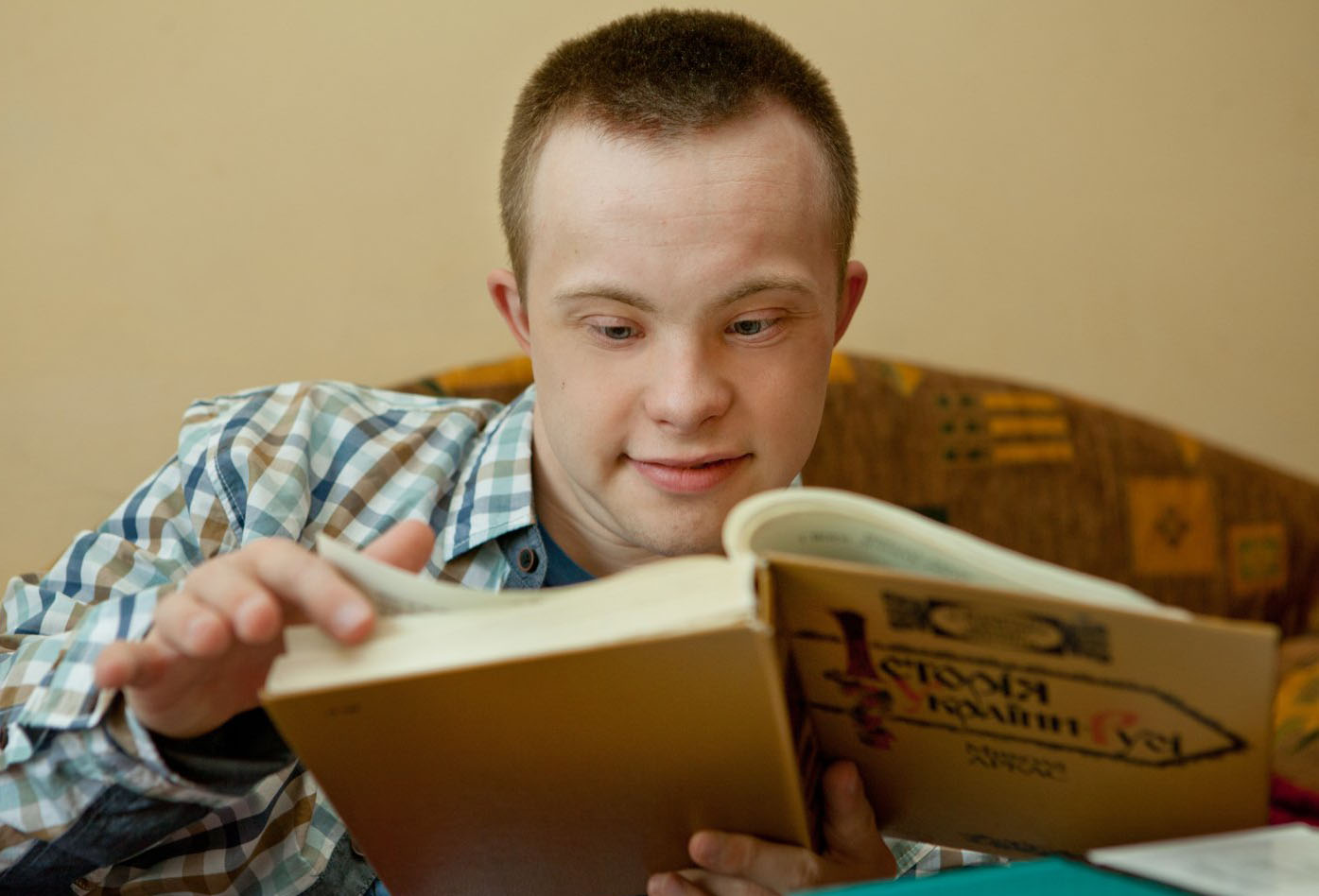
Photo from the Rubryka article: "Unique Bohdan Kravchuk: how a guy with Down syndrome received a higher education"
How does it work?
To write a real solution story (and not just material that will only seem like a solution), it's not enough to simply explain someone's initiative with inspiration and call on the rest of the world to do the same with a spark in their eyes. It doesn't work this way. There are a few points that every solution story should touch on:
- Problem. In fact, you first need to outline the problem in response to which the solution appeared.
- The case is the solution, the answer to the problem. That is, how this problem was solved by a specific person/organization/community/and so on. The solution must be in action, not just in theory, that is, it must already be running.
- Restrictions, obstacles, pitfalls. A very important part of the solution piece. It should outline everything that prevented its realization; what problems did the hero face on the way to implementing the plan?; what and where did it go wrong?; what wasn't possible and why? Besides, it's necessary to analyze potential obstacles for those who want to implement this solution elsewhere.
- Insights. It's something that will help others do the same, not just inspire. That is a useful element, specific tips, life hacks, which follow only from practice.
- Evidence that this solution works. What is the result? Have the goals/improvements been achieved and what exactly do they look like?
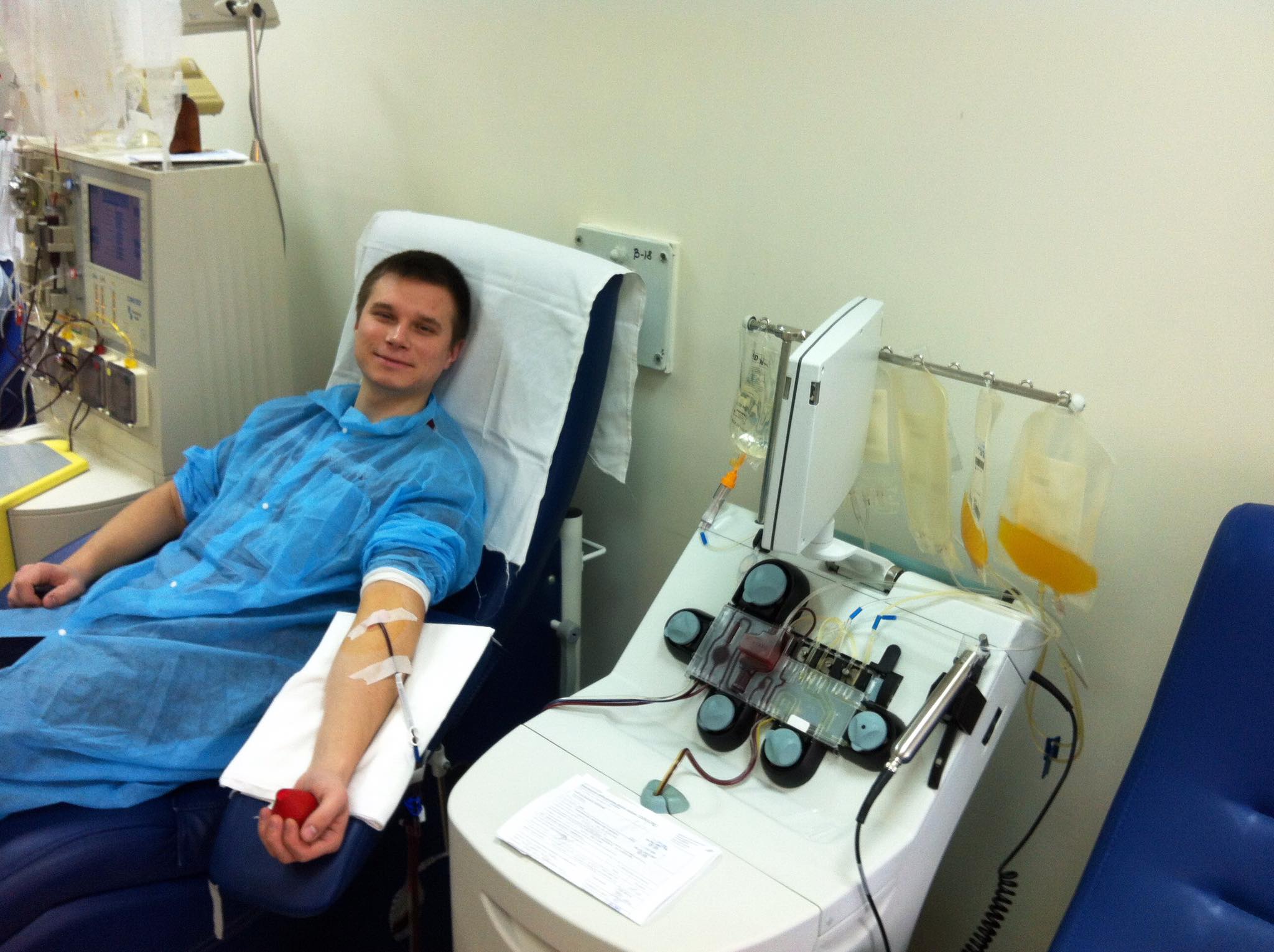
Photo from the Rubryka article: "Ukraine is critically short of donor blood. How to donate blood in quarantine"
Liaksei advises to avoid "positivism: we've finally solved the universal problems," and instead focus on revealing these aspects:
"We need to analyze whether it works, and if so, whether others can do the same, what hinders them, what the limitations are, whether this experience can be replicated. We need to understand what exactly is needed for such a solution: money, people's initiative, who are ready to invest in the business. All this must be analyzed. These are objective things. It's important to analyze all obstacles. The question must always be answered: can it be repeated? Here we must avoid joyous cries such as 'Yes, of course, it's easy!' You need to evaluate all the restrictions: legislative ones, how long it takes, and so on."
Indeed, what worked in one place/city/country/region may not work in another, so you need to analyze all the factors. The essence of solutions journalism is to show the solution and show the possibilities of its reproducing by others using the experience of specific people, and not just to encourage people, say, let's do it.
It's important that the proposed solution can be scaled, i.e. applied in solving the same problem elsewhere. This point often eliminates solutions that don't seem possible to replicate. That's why not everything that seems like solutions journalism really is one. If the solution cannot be scaled, it's simply a separate success story. To weed out such stories, you have to be really attentive:
"You need to take a very hard look: why and what's needed for a solution to work elsewhere. This is solutions journalism. Not just positivism, as in the Soviet Union: faster, stronger, everything works fine… This is positivist propaganda. Solutions journalism is realistic. If you see that there's a problem and it's solved somewhere, you have to carefully analyze why it's not replicated elsewhere, or what needs to be done to replicate it, and then conclude whether it can be implemented. Yes, there's a problem, here it was solved, but we have to analyze whether it's realistic to do the same elsewhere."
Liaksei shared links to pieces reflecting the approach of solutions journalism.
- In Minsk, A Hidden Refuge for Battered Women. Material dedicated to helping victims of domestic violence.
- In Gomel, a Home With Heart. A piece on how an institution for children with disabilities is changing its attitude to them in Belarus.
- How a Customized Approach Can Cut Suicide Risk. An article on how to prevent suicide, the Czech experience.
- Let Me Help You Find Bliss. Czech solution on how to realize the physiological need for sex for people with disabilities.
- Watch Out for Refugees. A solution to the problem of migrants.

Residential houses for children with disabilities in Minsk with an employee in the recreation room. Photo from the piece "In Gomel, a Home With Heart"
Rubryka is solutions media
The approach of solutions journalism turned out to be very close in spirit to our publication, the Rubryka. We seek to see constructiveness, not just betrayal; that same "light at the end of the tunnel" that Liaksei was talking about. We believe that change begins with each of us and that if we pay attention to what has already been done, what problems are already being solved, it will certainly give impetus to further positive developments. Solutions journalism allows not only to inspire and motivate, urging to act but also to provide the necessary knowledge on how to resort to this action. This is what makes it so valuable and necessary.
Therefore, we turn to this format of journalism as the main in our work. Therefore, Rubryka is solutions media. Since solution stories are a separate and specific format, we'll continue to produce other materials on current events, news and issues. But even then, we'll focus on what we can do and offer answers to the question "How can this be solved?"
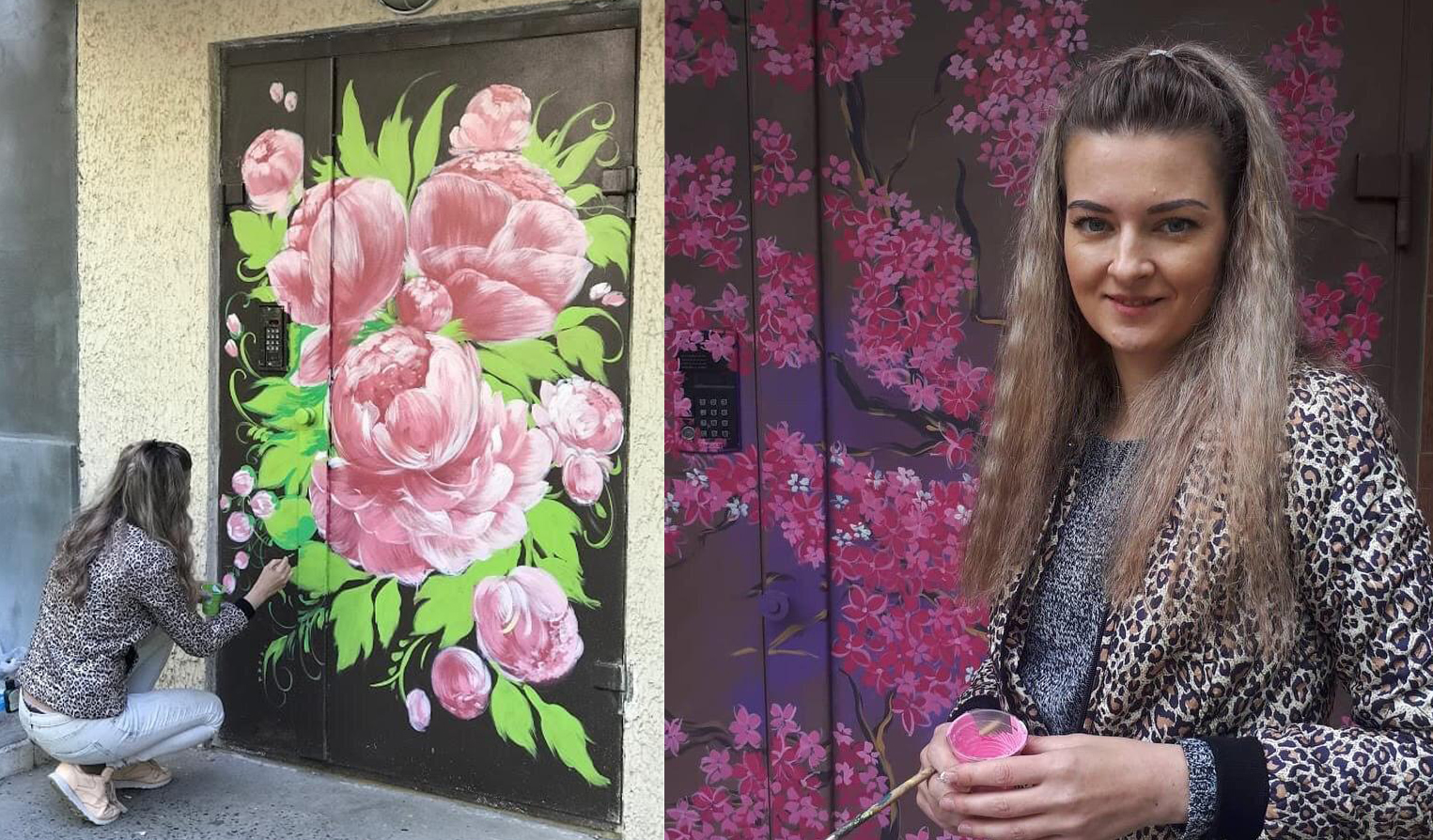
Photo from the Rubryka article: "The magic of entrance transformation: how a Kherson artist decorates bedroom districts"
Some of our solution stories can be found at:
- "We built solar power stations by clubbing." How the first energy co-op in Ukraine works in Slavutych
- Composter at school, plastic press and "paper eater": how to teach children eco-behavior? Pereiaslav school's story
- Restaurant business in Ukraine during quarantine: how to stay afloat in a small town
- Anti-virus solutions: how volunteers in Berdiansk print masks for doctors on a 3D printer
- How to set up distance learning: experience and advice from teachers
📣 If you want to offer your solution, write to us at team@rubryka.com



























